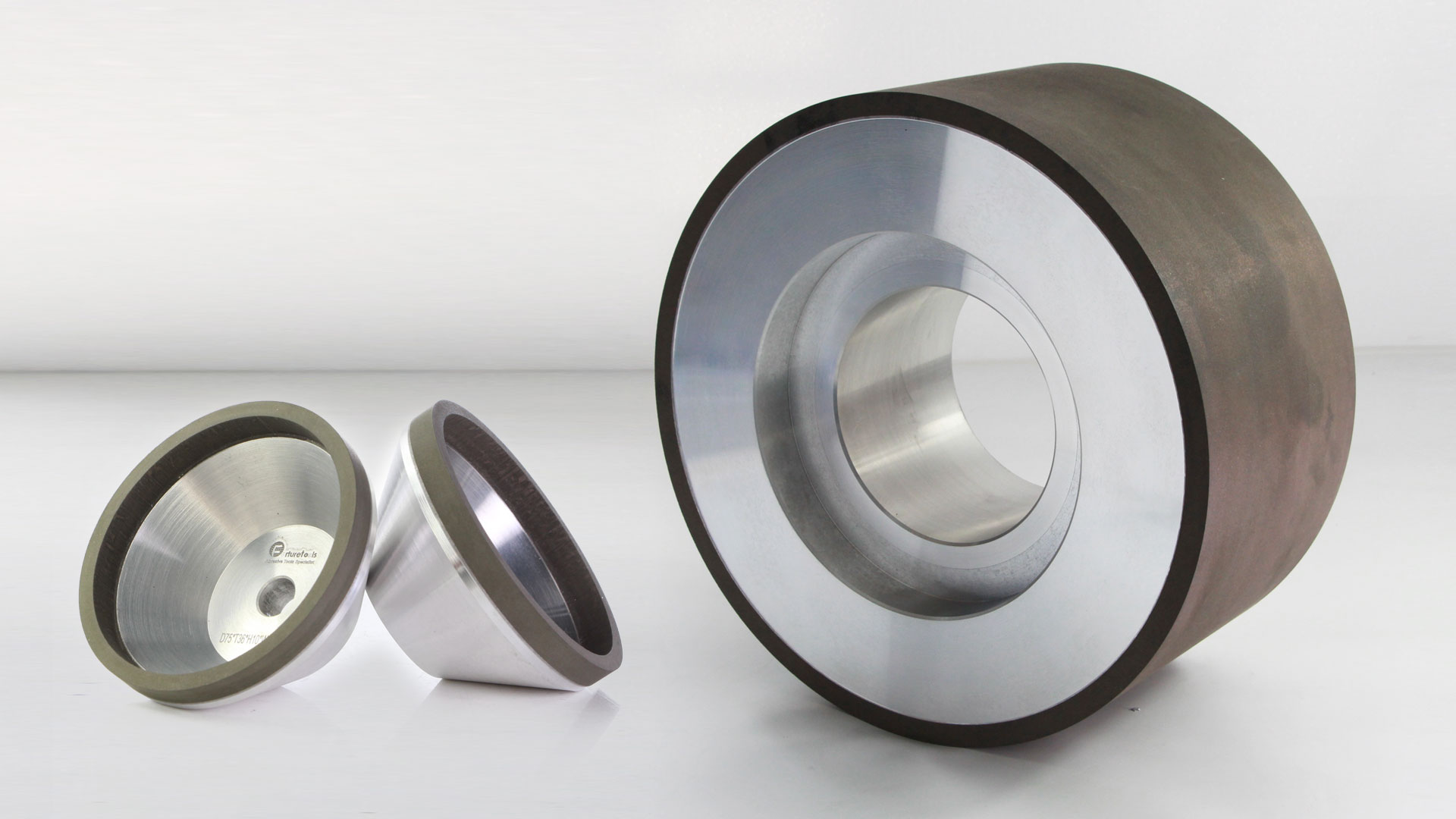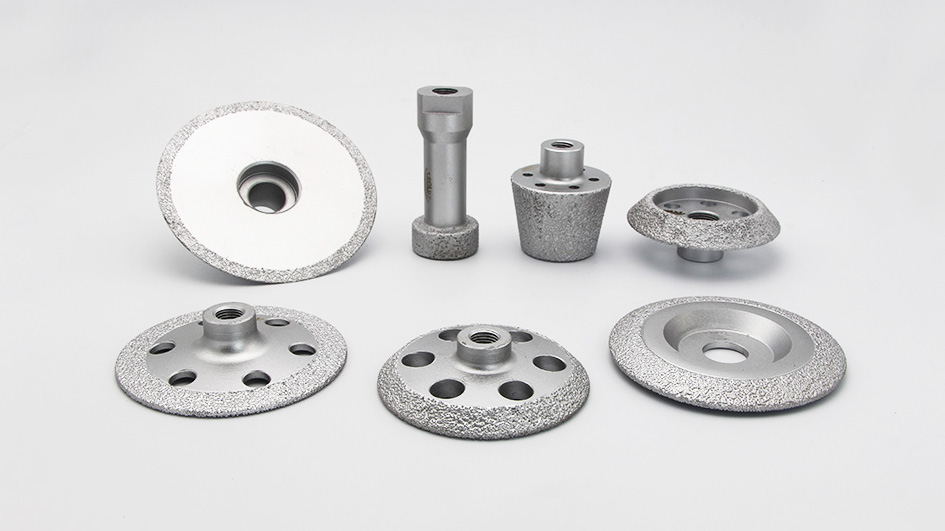Grinding wheel grinding is an important part of industrial manufacturing today. People also categorize these wheels by their wide applications and high technical requirements. Yet, we often need help with various issues. The issues may include choosing the right wheel for practical applications. Moreover, this article also resolves some common questions about the grinding plate. Thus, it will help you better understand and apply grinding disk technology.
Understanding Grinding Wheel
It’s a cutting tool that includes abrasive grains bonded together. It’s used in machinery and grinding operations to remove materials from a surface. However, these wheels differ in composition and hardness depending on their application. Thus, it offers efficient material removal and shaping capabilities in industrial processes.
Different Types of Grinding Wheels
Abrasive Problem & Buy Grinding Wheel
There are various types of grinding disks that fulfill different purposes. Explore the different types in this section now.
- Straight Wheels. A common type of wheel that is applicable for surface and cylindrical grinding.
- Cylinder Wheels. A useful wheel for cylindrical grinding.
- Tapered Wheels. They are helpful for gear teeth, thread grinding, etc.
- Straight Cup Wheels. Utilized for tool and cutter grinding.
- Dish Cup Wheels. Helpful in grinding cutters and drill flutes.
- Diamond Wheels. Helps in grinding hard materials.
- CBN (Cubic Boron Nitride) Wheels. For grinding ferrous materials.
These wheels may differ in composition and structure to suit different applications. Thus, it provides precision as well as efficiency in various industrial grinding work.
The Top Key Questions about the Grinding Wheel

Read the following questions and their answers in this section. They will teach you how grinding wheels are helpful in the real world.
Question 1. How can I choose the correct grinding wheel?
Answer. Choosing the right wheel is crucial to ensuring grinding effectiveness. First, we need to select the appropriate grinding plate material. Also, we must consider the processing requirements of the workpiece material. Not only this, it’s important to pay attention to the hardness and bonding type of the grinding disc. Thus, it will help you to ensure its stable performance and shape during the grinding process.
Question 2. What dressing and maintenance are necessary during the use of grinding disks?
Answer. Grinding disks wear out during use, making regular dressing and maintenance essential. Dressing involves using tools such as oilstones, diamond pens, or dressing rollers. Thus, it will help you to restore the performance and precision of this wheel. Additionally, it is necessary to clean the grinding plate surface at regular intervals. It will finally prevent damage from impurities and coolant residues. Proper storage of grinding discs to avoid moisture, heat, or impact is also necessary.
Question 3. What are common equipment failures during the grinding wheel process? How can you avoid them?
Answer. Common equipment failures include excessive spindle vibration and motor overheating. These failures may happen due to equipment aging, improper installation, or incorrect operation. To avoid these issues, inspect the equipment at regular intervals. Moreover, you also need to replace old parts. Apart from this, you must ensure the secure and proper installation of the grinding wheel. Also, you must follow standard operating procedures. During operation, control grinding parameters to avoid overloading.
Question 4. How can you prevent sudden breakage or bursting of grinding disks during grinding?
Answer. Grinding disc breakage or bursting is a serious safety issue. Also, it is often related to improper grinding disc selection or insecure installation. To prevent such incidents, ensure that the grinding disc matches the equipment. Moreover, you should follow proper installation procedures. Next, check the grinding disk's condition during operation as well. After that, stop the machine and inspect it to see if you detect any abnormalities.
Question 5. What causes substandard surface quality of workpieces after the grinding wheel?
Answer. Substandard surface quality of workpieces can result from several factors. These factors include severe grinding wheel wear. Moreover, it also includes improper grinding parameter settings or incorrect coolant usage. To address this issue, consider the grinding plate condition and grinding process. Furthermore, you should choose the coolant with care. Moreover, you should make necessary adjustments and optimizations.
Question 6. How do you deal with rapid grinding disc wear?
Answer. Rapid grinding disc wear increases production costs and affects grinding efficiency. To tackle this issue, optimize grinding parameters. Then choose more wear-resistant grinding plate materials. It also enhances the dressing and maintenance of grinding discs.
Question 7. How can the contact area between the grinding disk and the workpiece be controlled?
Answer. The size of the contact area affects grinding effectiveness and efficiency. Thus, you must adjust the parameters, such as the grinding disk's installation angle. It will allow you to control the contact area. Apart from this, you also need to control grinding pressure and feed rate.
Different Machines Using Grinding Wheel

There are various machines that use a grinding wheel for different purposes. So, go through this section to explore these machines.
- Angle Grinder. This machine is great for cutting and polishing metal and stone. Also, it has a spinning disc that helps get the job done.
- Bench Grinder. It’s a stationary machine mounted on a workbench and features two wheels. People also use it to sharpen tools, shape metal, and deburrer metal.
- Hand Grinder. This compact grinder helps with precision grinding and finishing. Moreover, it’s a perfect tool for intricate work on small parts and surfaces.
These machines are made for specific jobs. Also, they are important for precise cutting and finishing work.
Common Issues with Grinding Wheel
These wheels are important tools in various industries, such as manufacturing and construction. Yet, you might encounter some common issues with these wheels. So, go through this section to explore these issues.
- Wheel Glazing. The wheel surface becomes smooth and shiny, reducing cutting efficiency.
- Wheel Loading. The material gets stuck in the wheel, making it less effective.
- Cracking and Breaking. Wheels may crack or break due to excessive force during grinding.
Remember to follow proper maintenance practices. They will help you to keep your grinding dsiks performing in a proper way.
Troubleshooting These Common Issues
Now you must be thinking about how you can fix these common issues with the grinding disk. Go through this section to know the answer.
- Regular Maintenance. You should carry out regular maintenance with a dressing tool. It will allow you to apply fresh abrasive grains on the wheel.
- Change the Wheel. You can also use a Coarser Wheel or apply a proper dressing technique to remove the loaded material.
- Correct Mounting Procedure. Ensure that you are using the correct mounting process. Also, you should avoid applying excessive force during grinding.
You should follow these troubleshooting methods. They will allow you to fix some common issues with the grinding wheel.
Wrapping Up
Grinding wheels are important in modern industrial manufacturing. The reason is that it has various applications and high technical requirements. Yet, choosing the right wheel and addressing these common issues can be challenging. Thus, this article provides practical guidance on choosing and maintaining grinding disks. Moreover, it also includes some common questions about these wheels and their answers. After that, this article helps us understand different types of grinding disks. As a result, it helps in enhancing efficiency and precision in industrial grinding tasks.


